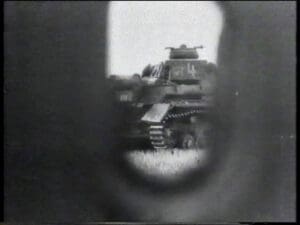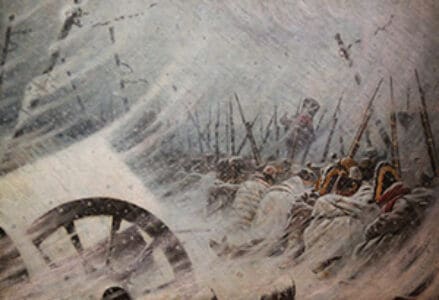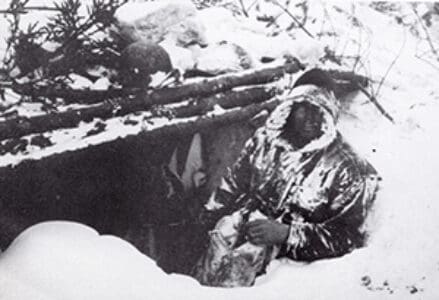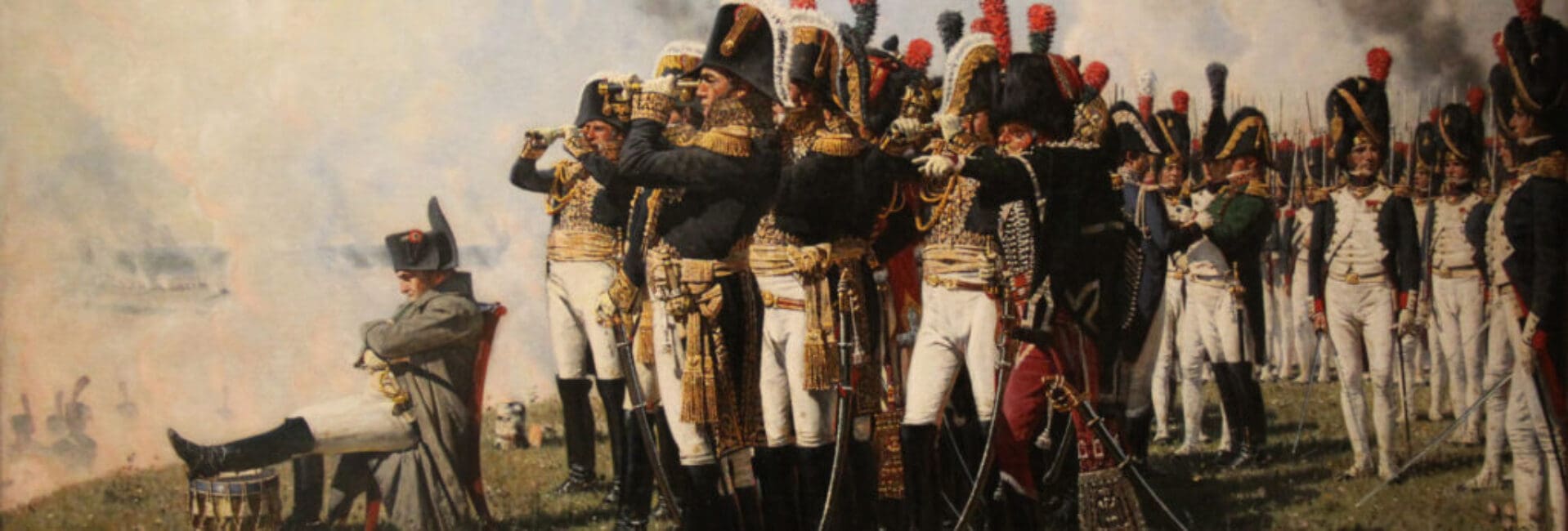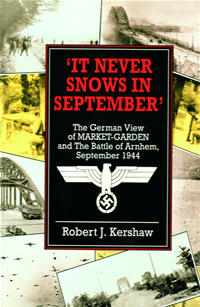Borodino Field 1812 & 1941
Borodino Field 1812 & 1941
The name Borodino Field resonates with patriotism and Mother Russia for Russians. The battle in September 1812 is known to most as one of the epic climaxes in Tolstoy’s War and Peace. Napoleon’s pyrrhic victory there took the French Grande Armée to the gates of Moscow and on to catastrophe during the subsequent winter. Another lesser known, but equally bitter battle was fought at Borodino Field in October 1941. This time Hitler’s SS and panzers came up against elite Soviet Siberian troops defending Stalin’s Moscow. Remarkably, they fought in the same woods and gullies that follow the line of the Koloch River flowing through the middle of the historic battlefield. Tsarist and Soviet troops twice faced invaders here, coming from the west in 1812, and again in 1941. Only rarely in the history of human conflict do key battles occur in the same place.

Both armies, marched the same routes, led by men who expected and demanded the impossible. Fascinating parallels and contrasts emerge in the narrative because Napoleon and Hitler both thought and acted outside their respective conventional military boxes. The immense size of the Russian continent with its contrasts in climate led to unendurable physical and mental privation for soldiers fighting a tenacious enemy in dismaying conditions. Napoleon’s armies marched and counter-marched in 1812, fighting intermittently as they advanced. Hitler’s Wehrmacht faced fanatical resistance from the moment they crossed the frontier. Fighting bitterly contested Russian pockets to extinction in 1941, unlike the French 1812 narrative, meant the average German soldier spent more time actually defending than attacking.

The fight at Borodino Field is the enthralling battlefield climax, with both the 1812 and 1941 invaders running out of steam at the final approach to Moscow. Today this 11,000-hectare site is regarded as a memorial to those who protected the Russian motherland. Some 50,000 soldier’s remains are interred beneath this ground, including men from Russia, Ukraine, Belorussia, Poland, Germany, Spain, Italy, Croatia and Portugal. Most of Europe has fought against Russia, which is why the name Borodino resonates so much with Russians now. Borodino Field 1812/1941 describes the experiences of soldiers in Russia through their own words, giving insights why this site has such emotional resonance today, drawing on their letters, diary and newly emerged personal accounts. The book tells how the soldiers got there, the battle they fought and the winter they endured, which many would not survive.
This is an original approach to two iconic campaigns that have altered the course of Russian history, and partly explains Russia’s suspicions of the west.

